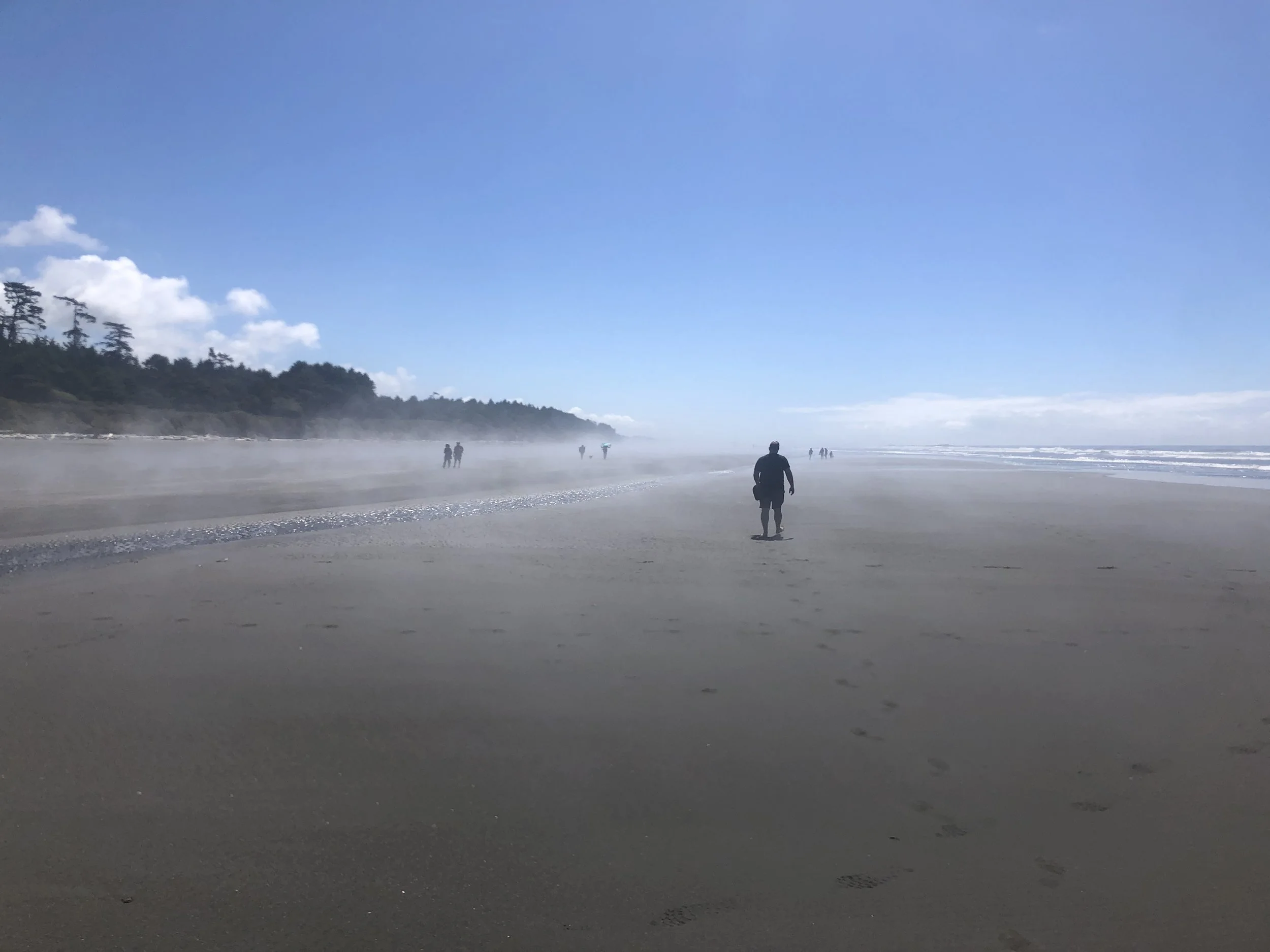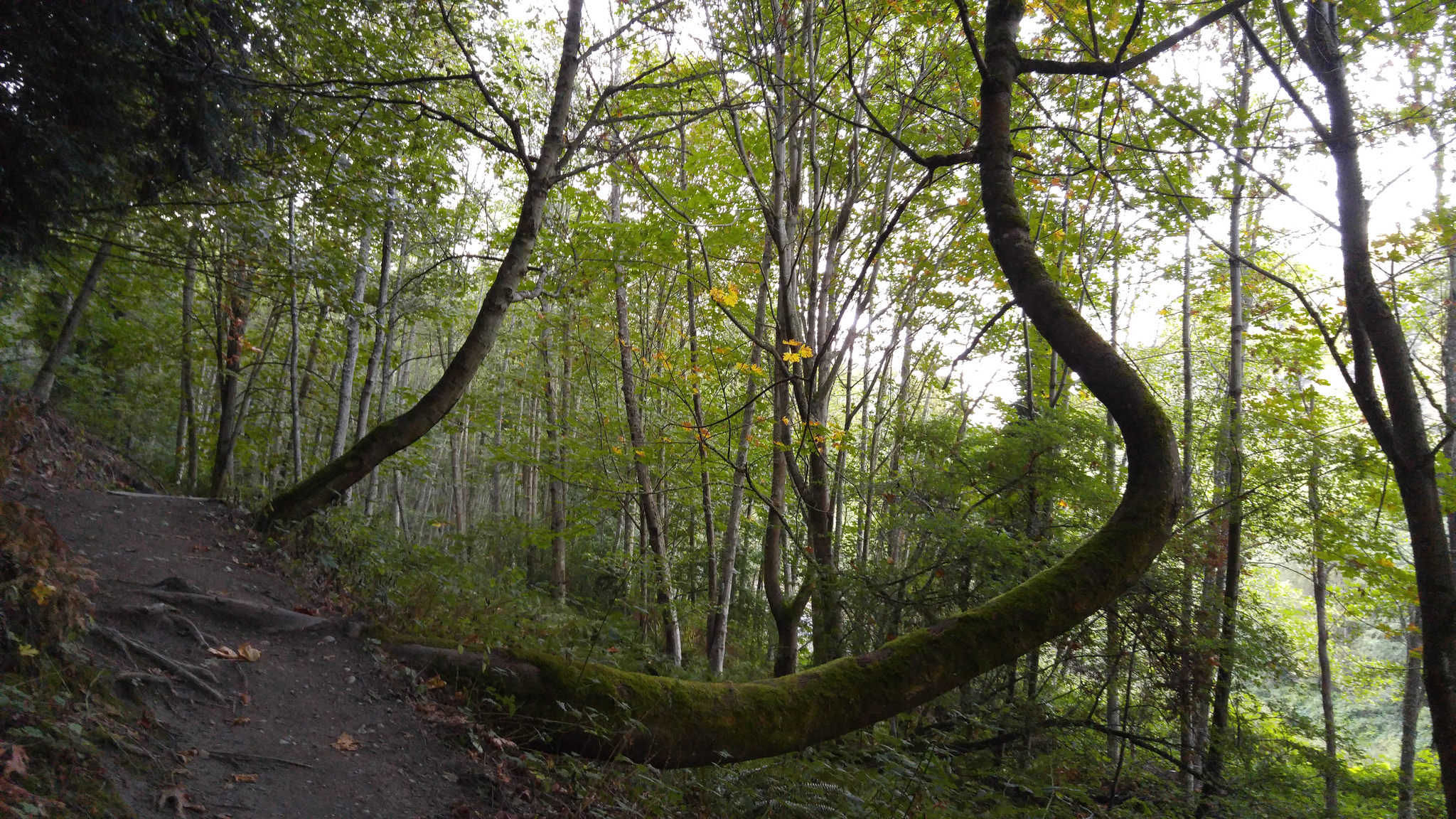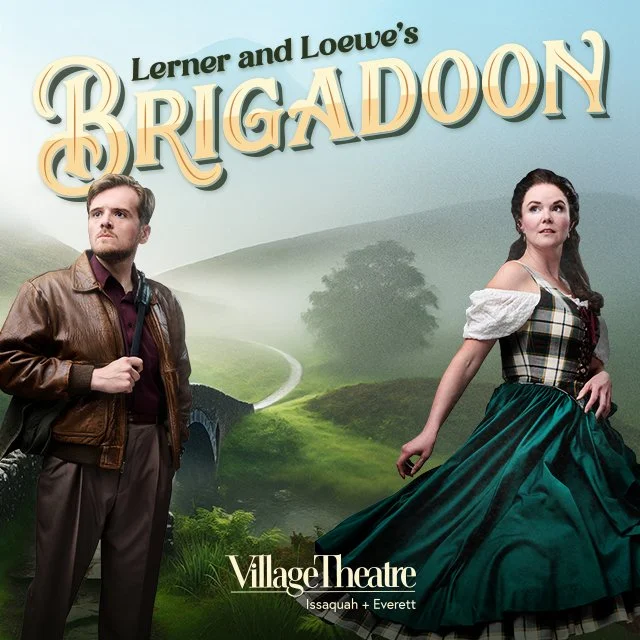Strengthen Your 'Core' with Pilates
People often ask me, “What is Pilates? It’s like Yoga, right?” Not exactly...
Pilates, taught by experienced, trained instructors, is a resistance-based routine focused on strength (with the main emphasis on the core—or deep abdominal, pelvic, and spine muscles), body control, flexibility, mobility, and muscle toning.
Jenny Boehmer, Founder and Owner of Pilates by the Bay
Yoga, on the other hand, is a spiritual and ascetic practice, a part of which includes breath control, simple meditation and specific postures and sequences. Many people find that practicing both Pilates and Yoga complement one another, providing a balanced and well-rounded workout.
Here’s a bit of history: Joseph Pilates developed Pilates in the early 1900s. He studied various regimes—including Yoga—and created a system based on the concept of balancing body, mind, and spirit. Pilates was introduced to the United States in 1926 and practiced primarily by the New York dance community. By the 1980s, Pilates became more mainstream and studios started opening across the U.S.
You can usually find a Pilates mat class at the local YMCA or gym. Studios dedicated to Pilates may offer these group mat classes, but they will also offer equipment-based private and group instruction. Both types of classes are beneficial, especially if you begin by learning the basics on the equipment with an experienced instructor, and then incorporate mat classes.
Pilates by the Bay’s studio space // Laura Chism
Pilates equipment (like the “Reformer” and the “Cadillac”) uses springs for resistance. Sometimes this can make a movement easier, but sometimes it can make a movement more challenging. The advantage of practicing Pilates on the equipment is how it addresses muscle imbalance. For example, we all use our right and left sides differently—especially if we have a job or activity that is repetitive and one-sided. The beauty of using the equipment is that it forces you to work evenly through the right and left sides. Strength and flexibility will develop evenly, creating muscle balance.
So... what is unique about Pilates?
Pilates is a very intentional exercise. When I’m teaching a client, the exercise—or movement —will have an intention. Let’s say the client has too much shoulder mobility. I will have them strengthen their shoulders through a full, safe range of motion to increase shoulder stability.
What if the client has tight hips? I address this with intentionally stretching the tight areas. Sometimes it’s not straightforward: areas of our bodies often need a combination of both stretching and strengthening. For example, if a client has tight hip flexors (the muscles at the top of the thighs), I will have them stretch the hip flexors and strengthen the glutes (butt muscles).
Just doing one or the other will not be as effective in restoring mobile, stable, strong hip flexors.
Another look at Pilates by the Bay // Laura Chism
And what about ‘The Core’?
At the core of Pilates is The Core: the deep abdominal, pelvic, and lumbar muscles responsible for supporting the center of your body. You become intimately aware of your core when practicing Pilates. Through this awareness, your core will be challenged and strengthened, creating a strong, stable, and mobile body. You will be able to move more easily and efficiently—in your Pilates practice and, most importantly, in life!
Everyone has had some type of injury, low-grade chronic pain, or discomfort from time to time. If your core is strong and your muscles are balanced from left to right and front to back, you are less likely to suffer from chronic pain and discomfort.
So, when you decide to spend six hours doing yard work, or you take your family to Disneyland and you’re on your feet for 12 hours, three days in a row—your body will recover and return to normal much faster when you have a strong core and good muscle balance.
If you are interested in Pilates, do yourself a favor and take a few private sessions first, using Pilates equipment with an experienced, trained instructor.
If your first Pilates experience is a mat class you are less likely to have a positive experience. If I wanted to start golfing, I would take a few lessons first—invest in good instruction on the basics from a professional to avoid the pitfalls of a poor golf swing.
Downtown Everett is home to Pilates by the Bay, established in 2006. We have created a beautiful, aesthetically pleasing place to learn and practice Pilates and are proud to offer a positive, supportive, safe, and fun environment. Whether you are young or old, an elite athlete or on the sedentary side, we will take time to understand your body’s needs and teach you the Pilates method to improve your mobility, stability, and muscle balance.
5 reasons to practice Pilates:
Got back pain? Pilates emphasizes strengthening your core (abdominal, pelvic, and spine muscles). A strong core protects your back.
Not a fan of high-impact exercise? Pilates routines range from easy (but still effective) to very intense (and sweaty!), all without beating up your joints.
Like variety? Pilates is done on a mat, or on Pilates equipment (Reformers and Cadillacs, to name a couple). Your workout is never quite the same.
Are you an athlete? Athletes often practice Pilates as a complement to their sport.
Are you a couch potato? Pilates is a great, low-key way to start waking up your body and muscles to get you on the road to a new exercise routine.
Jenny Boehmer, a native of the Pacific Northwest, has been practicing Pilates since 1998. She is the founder and owner of Pilates by the Bay in downtown Everett. She believes all types of movement and exercise are valuable —
“Find something you enjoy and just keep moving!”























